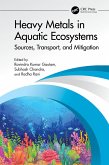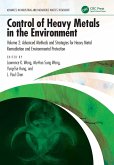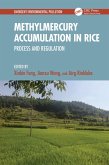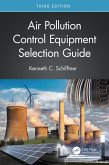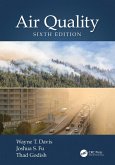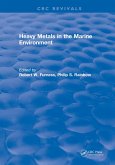Features
- Provides state-of-the-art techniques and technologies for assessment and remediation of heavy metal ions from the aquatic ecosystem.
- Covers up-to-date information on heavy metals pollution in the freshwater ecosystems, rivers, and lakes.
- Discusses the hazardous impacts of heavy metals on various ecosystems including human health, and remediation technologies.
- Explains the toxicity of arsenic and mercury in the food and crop ecosystems.
- Offers in-depth exploration of recent technological advancements in environmental monitoring, especially in relation to toxic elements in aquatic ecosystems.
This book serves as an excellent reference for both professionals and students and is the first of its kind to highlight the toxicity of heavy metals. Researchers, post-graduate students, and advanced undergraduate students in environmental science and engineering, soil and water sciences, biotechnology, and chemical engineering, as well as environmental and technical engineers, ecologists, and applied environmental scientists and managers, will benefit from the extensive coverage given in this book.
Dieser Download kann aus rechtlichen Gründen nur mit Rechnungsadresse in A, B, BG, CY, CZ, D, DK, EW, E, FIN, F, GR, HR, H, IRL, I, LT, L, LR, M, NL, PL, P, R, S, SLO, SK ausgeliefert werden.



